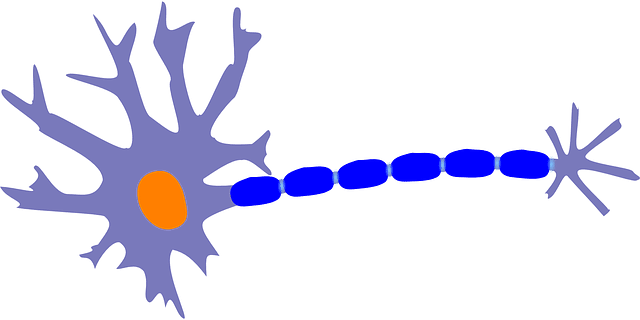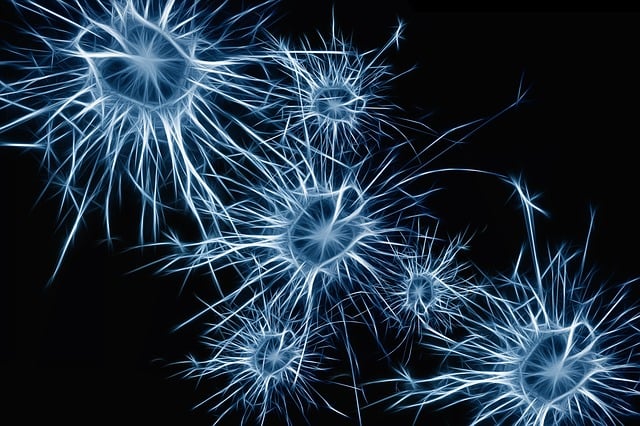
The action potential makes possible the transmission of information between the tissues of the body.
The term at hand is interesting that we know that it has its etymological origin in Latin. And the two main words that give it shape are derived from that:
– Potential , first of all, is the result of the union of the noun posse, potis , which means “power”; the particle -nt- , which is used to indicate “agent”, and the suffix -al , which is equivalent to “relative to”. Hence potential is synonymous with “relative to that which has the power to undertake an action.”
– Action , secondly, comes from the word actio , which was formed by joining these two Latin elements: the word actus , which can be translated as “carried out”, and the suffix -cion , which means “action and effect”.
What is the action potential
The concept of action potential refers to the nervous impulse that crosses the cell membrane and modifies the distribution of electrical charge . This is how information is transmitted between the tissues of the body.
Before continuing with the definition, it is important to remember that the nervous system is made up of cells that specialize in the transport of electrical signals. In the case of the central nervous system , this network is dedicated to the perception of external stimuli, the processing of that data and the transmission of impulses to the muscles and nerves.
Neurons are nerve cells, connected to each other through a process known as synapses . At rest, neurons have an internal electrical charge that differs from the extracellular electrical charge, called resting potential .
How it is produced
When the neuron is stimulated and a certain threshold is exceeded, the action potential is produced: the nervous impulse that travels the axon and enables the release of neurotransmitters . The action potential causes the cell's electrical charge to increase, generating depolarization .
It can be said, in short, that the action potential allows nerve cells to exchange messages with each other or send messages to glands, muscles, etc. It must be taken into account that the duration of the action potential is fixed: at its end, the cell enters a refractory period in which it cannot produce a new potential of the same type.
Another issue to consider is that the action potential is not developed halfway: it is either realized or it is not realized. The appearance of the action potential, however, can be influenced by the presence of inhibitory or excitatory potentials.

The action potential is produced from the stimulation of the neuron.
Phases of the action potential
In addition to everything indicated, we cannot ignore that the action potential is made up of several phases, such as the following:
– Resting potential phase , in which no alterations have yet occurred and in which the membrane of the neuron in question is at its base electrical charge.
– Depolarization phase . In it, the aforementioned membrane already undergoes an electrical change and the opening of the potassium channels begins.
– Repolarization phase , when the membrane and the potential become negative.
– Hyperpolarization phase , when the cell membrane becomes hyperpolarized.
– Resting potential phase , which takes place at the moment that positive charge enters the cell.
– Action potential phase and release of neurotransmitters .
